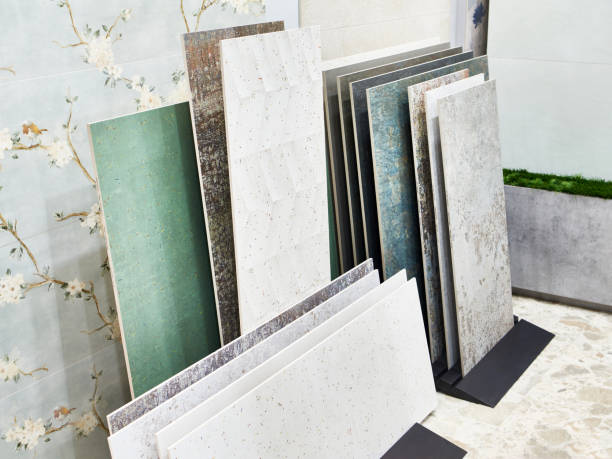What To Consider When Choosing Porcelain Tile

Ceramic tiles and porcelain are both made of clay and are heated or baked to
harden they. The difference is in the clay used as well as the manufacturing
process. Porcelain Garden Tiles
The tiles are baked to temperatures between 1,200 and 1,200° F to create
extremely durable tiles. Ceramic and porcelain tiles can be used on floors,
countertops, and walls in homes. The latter is preferred for areas that are
subject to moisture such as kitchens and bathrooms. Also, porcelain tiles are
the best choice around swimming pools. Adding porcelain tile can increase the
value of your home.
Check Standards
Matching the tile to its intended purpose is the first step to choose
porcelain patio tiles. Floor tiles and countertops must resist spills and
stains. Floor tile should not slip. American Society for Testing Materials and
American National Standards Institute test tiles for hardness, absorption of
fluids, absorption and chemical resistance.
Find the appropriate class
Porcelain tile can be classified into five classes of abrasion or wear
resistance. For floors that are used for tough use Class 1 is not advised. Class
2 and 3 are designed for moderate to light traffic areas, such as kitchens and
bathrooms that have little or no exposure to dirt scratching. The most popular
class 4 is used for houses with medium to high traffic like hallways,
entranceways and busy kitchens. Class 5, the most prestigious class, is designed
for heavy traffic and commercial use.
Glazed or unglazed
Unglazed and glazed porcelain is readily available. Unglazed tiles are strong
and maintain a consistent color throughout. They won't fade or change in shade
even if the surface is worn. There are numerous choices for unglazed tiles, from
rough to polished. Glazed porcelain acts as a layer of protection on top of
dense tiles. It can be made in many colors and decorative patterns. The glaze
can be either matte or shiny.
Verify Slippage and Absorbency
Non-absorbent tiles for kitchen or bathroom floors, as well as other flooring
that are prone to water and also tiles around swimming pools should be utilized.
Other fluids and water cannot be absorbed or soiled by the tiles. They should be
"nonslip," with a finish that has a "coefficient of friction" of 0.06 or higher.
This is the measurement of the difficulty to move objects over the surface of a
tile.
Choose the Right Color
Color and design are essential, since porcelain tiles last for a long time
and making modifications will require replacing the tile. Both glazed and
unglazed porcelain can be found in a wide range of colors. Glazed porcelain
frequently has decorative flourishes or ornamentation. The size of the tiles is
another factor; floor tiles typically are larger, counter tiles smaller and wall
tiles may be any size. Tiles made of porcelain can be arranged in many designs
and shapes.
Summary:
The variety of porcelain tile is wide, with a range of designs and finishes which can be tailored to suit any room. The durable material can be used for an accent piece, floor, or wall covering , and can add style to any home.
Comments
Post a Comment